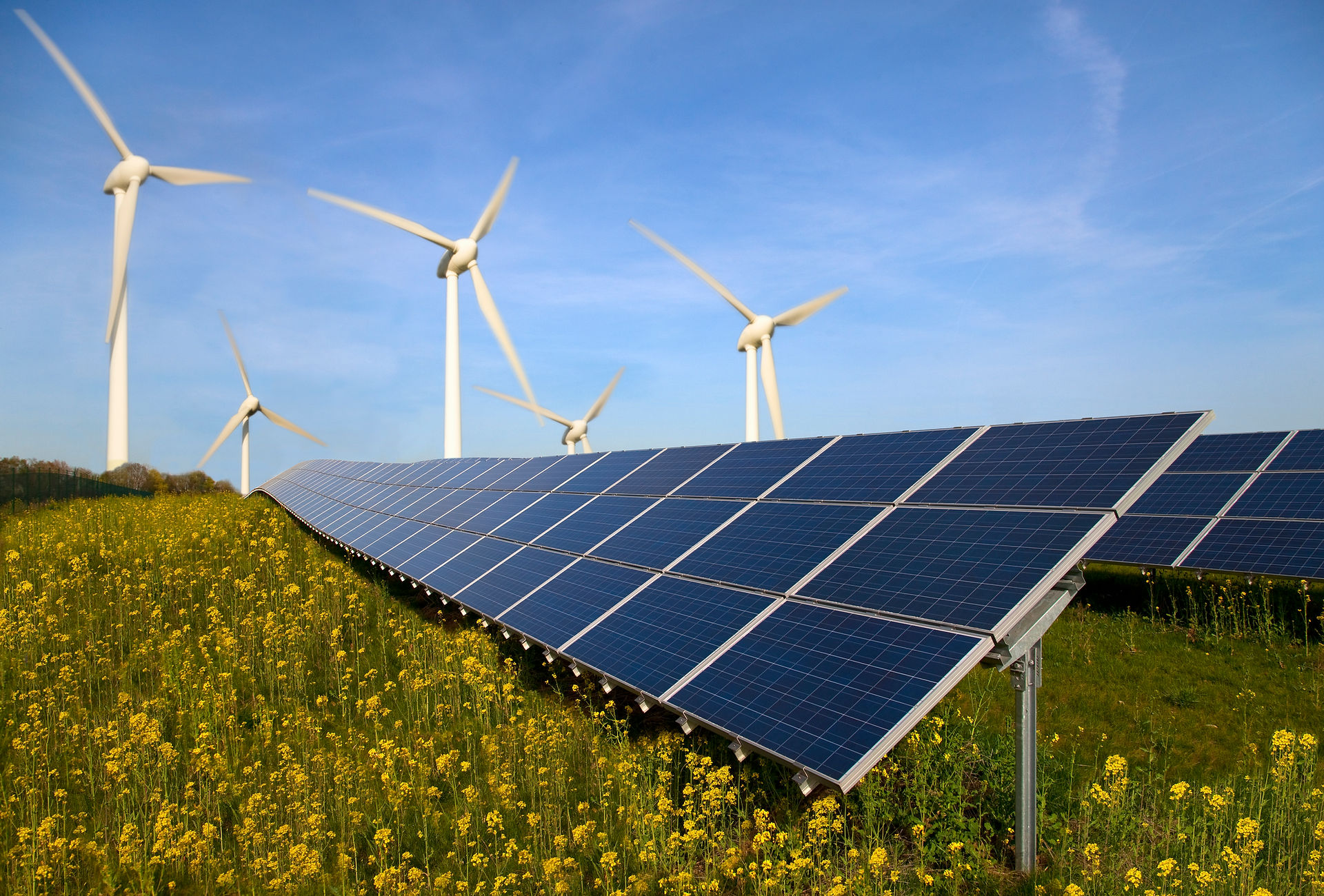Tesla to make solar roof in Buffalo by year's end, Elon Musk says

Tesla’s efforts to ramp up production of its Model 3 electric vehicle overshadowed its Riverbend solar plant during the company’s third-quarter earnings report. (Derek Gee/Buffalo News)
Tesla still expects to start shifting production of its solar roof to Buffalo by the end of this year, the electric vehicle maker said Wednesday.
Tesla's executives, in their most specific comment on the timing of solar roof production at the RiverBend complex, said the company expects to ramp up production of the new solar shingles in Buffalo during 2018. Tesla's solar roof production now is being done on a pilot basis at its factory in Fremont, Calif.
"We're still on track to turn on most of the production line in Buffalo by the end of the year," said JB Straubel, Tesla's chief technology officer, during a conference call Wednesday.
The solar roof launch will be gradual.
"Roof installations will initially ramp slowly in [the fourth quarter] as we move the production process from Fremont to Gigafactory 2 in Buffalo," Tesla's CEO Elon Musk and Deepak Ahuja, its chief financial officer, said in a letter to shareholders. "As we fine tune and standardize the production and installation process, we expect to ramp solar roof production considerably in 2018."
Tesla's solar business slowed markedly during the quarter, with the company deploying less solar energy generating capacity than it has in any quarter since the summer of 2014. Tesla's lower deployments "are in large part a result of deliberately de-emphasizing commercial and industrial solar energy projects with low profit and limited cash generation," the two executives said in the letter.
Tesla deployed 109 megawatts of electric-generating capacity during the third quarter, down 42 percent from 187 megawatts a year ago. It was the fewest megawatts of solar generating capacity that the former SolarCity business had deployed since the second quarter of 2014.
"We do expect solar demand to rebound as we move solar sales to our stores, which is a more efficient distribution channel," Musk said, during the Wednesday conference call. The launch of the company's solar roof also is expected to become a significant part of Tesla's solar energy sales because it is geared toward consumers who need a new roof or are building a new home, as opposed to conventional rooftop solar, which is limited to consumers with roofs that are relatively new and in good shape.
The solar roof and Tesla's shrinking solar business were overshadowed by Tesla's bigger-than-expected loss and its announcement that the production ramp of its more affordable Model 3 sedan will be pushed back. Tesla said it delivered 26,137 cars during the third quarter, but only 222 were Model 3s.
Tesla said its Model 3 production has been hampered by bottlenecks, especially related to its battery pack. Tesla said it now expects to produce 5,000 Model 3 vehicles a week by the end of March, three months later than its August forecast.
Tesla this summer started installing its solar roofs, which look like a regular roof but are made of glass tiles with solar cells inside, on the homes of company employees and investors on a test basis as a way of identifying potential issues before beginning general customer installations.
Tesla’s customers also continued to show a growing preference for purchasing their solar energy systems, rather than leasing them. That’s a big shift away from SolarCity’s original business model, which used leases to allow customers to install rooftop solar with no upfront costs. But that approach also saddled SolarCity with $3.5 billion in debt and caused a financial strain on the company by forcing it to constantly raise more money from increasingly reluctant investors.
The shift to loans, while also allowing consumers to install solar arrays with no upfront costs, frees Tesla from the financial burden of fronting the costs for the systems.
Tesla said 46 percent of its residential deployments during the third quarter were financed with loans, up from 37 percent during the second quarter and 13 percent a year ago.
Tesla lost $619 million, or $3.70 per share, during the third quarter, compared with a profit of $21.9 million, or 14 cents per share, a year ago. Excluding stock-based compensation expense and losses related to the SolarCity acquisition, the loss of $2.92 per share was worse than the loss of $2.31 per share analysts expected.
Tesla's $2.98 billion in revenue was better than the $2.9 billion analysts expected.
Tesla's stock, which briefly had a greater market value this summer than either Ford Motor Co. or General Motors, peaked at $385 on Sept. 18, but has tumbled by about 16 percent since then, including a 3 percent decline on Wednesday to $321. The earnings announcement was made after the stock market closed. Tesla's shares fell another 5 percent in aftermarket trading following the earnings release.

